Powering Your Life: A Comprehensive Guide to Jaycar Inverters
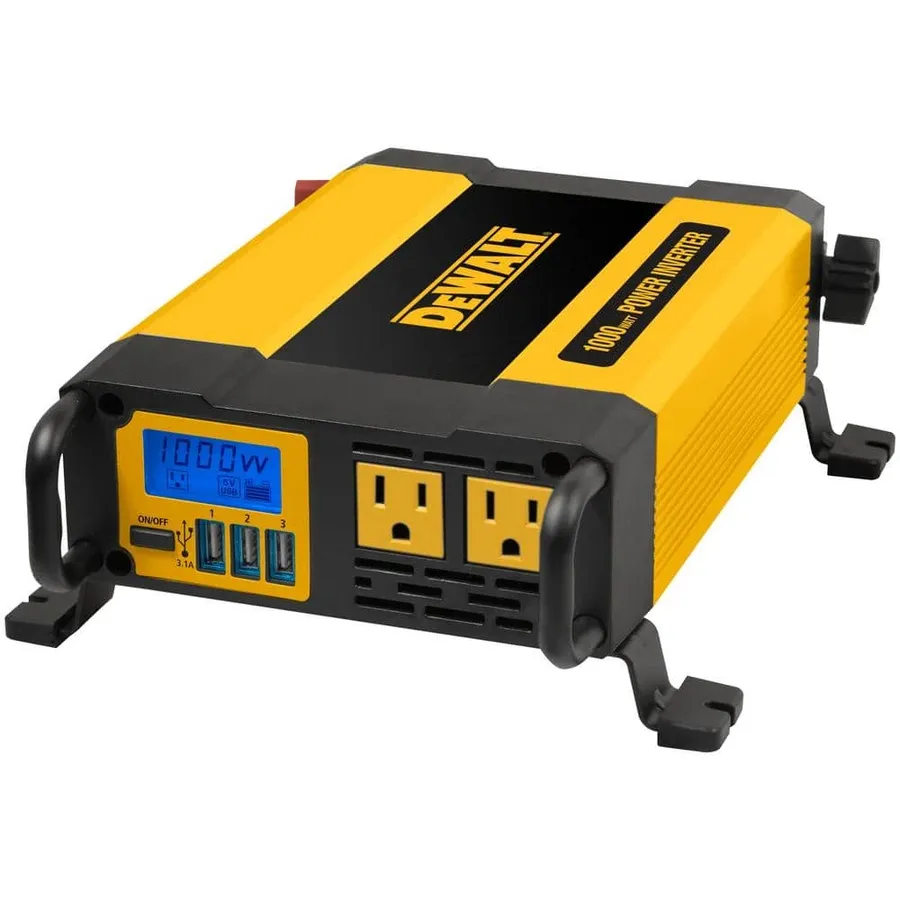
In our increasingly mobile and power-dependent world, devices like the Jaycar inverter are indispensable. From powering your laptop during a road trip to running essential appliances during a power outage, these devices bridge the gap between DC and AC power. This article delves into the intricacies of Jaycar inverters, exploring their types, applications, and the key factors to consider when choosing one to meet your unique power needs. Let's unpack how these clever devices work and how you can harness them to power your life.
Understanding the Basics of Inverters

Inverters are essential electronic devices that transform direct current (DC) power, commonly found in batteries, into alternating current (AC) power, which is the standard for powering most household appliances and electronics. This conversion is crucial for utilizing battery power to operate devices designed for AC power grids, making inverters a cornerstone of mobile power solutions and off-grid systems.
| Characteristic | Direct Current (DC) | Alternating Current (AC) |
|---|---|---|
| Direction of Current Flow | Unidirectional (constant) | Bidirectional (changes periodically) |
| Voltage | Typically constant | Varies sinusoidally |
| Source | Batteries, solar panels | Power grids, generators |
| Usage | Low voltage electronics, charging | Household appliances, motors |
The core function of an inverter involves sophisticated electronic circuitry to modulate the DC input into a simulated AC waveform. Different types of inverters achieve this conversion with varying degrees of precision and can thus impact performance and compatibility with specific devices, which is why understanding the distinction between Modified Sine Wave and Pure Sine Wave inverters becomes essential when choosing the best solution for your needs.
Modified Sine Wave vs. Pure Sine Wave Inverters
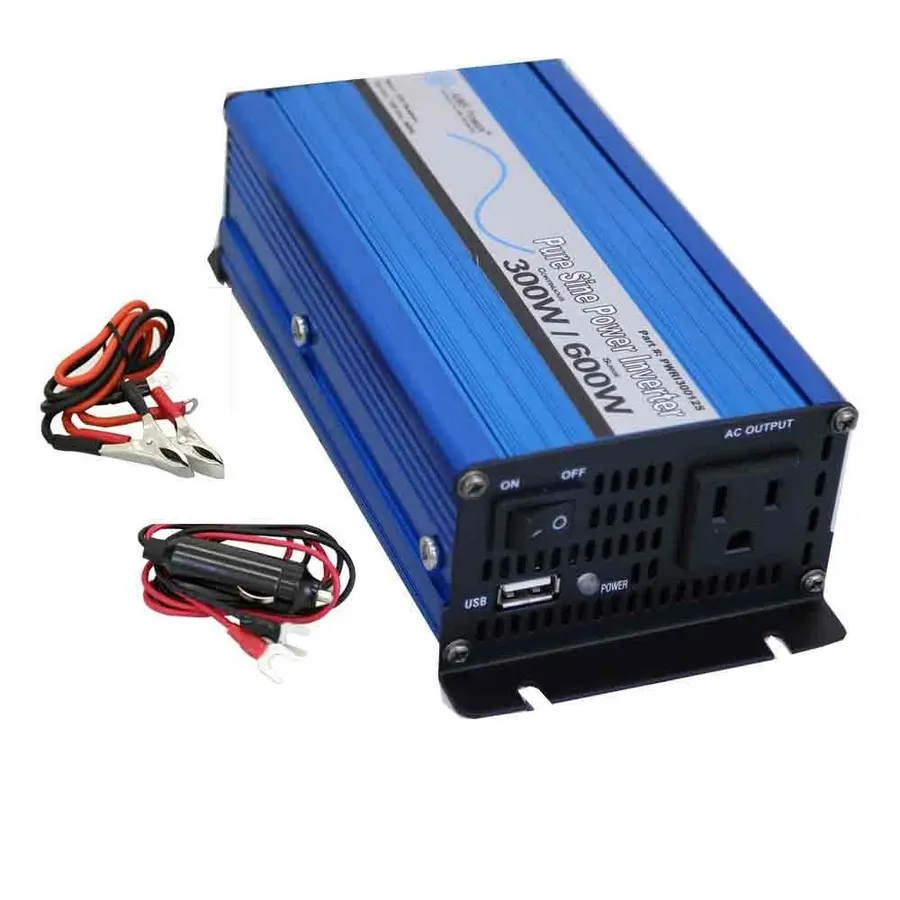
Inverters are categorized by their output waveform, with the two primary types being modified sine wave and pure sine wave. The waveform type directly impacts the compatibility and performance of connected appliances, making it a critical consideration when selecting an inverter. Understanding the nuances of each type is essential for optimal and safe usage.
| Feature | Modified Sine Wave Inverter | Pure Sine Wave Inverter |
|---|---|---|
| Waveform Output | Approximates a sine wave with a stepped, square-like pattern. | Produces a smooth, clean sine wave that is nearly identical to the power from the electrical grid. |
| Suitability for Appliances | Suitable for simple devices like lights, heaters, and some power tools. | Ideal for sensitive electronics like laptops, TVs, medical equipment, and appliances with motors or transformers. |
| Efficiency | Generally less efficient, may cause some devices to run hotter. | Higher efficiency, less waste heat, and optimized device performance. |
| Cost | Generally more affordable. | Typically more expensive due to more complex circuitry. |
| Harmonic Distortion | Higher harmonic distortion, which can cause interference or damage to sensitive electronics. | Significantly less harmonic distortion, ensuring stable and reliable operation. |
| Noise | May produce a buzzing or humming sound, especially under load. | Much quieter operation. |
Choosing between a modified sine wave and pure sine wave inverter depends heavily on the types of appliances you intend to power. While modified sine wave inverters are more budget-friendly and can operate many basic devices, sensitive electronics typically require the stable and clean power provided by a pure sine wave inverter to prevent potential damage or malfunction. It's imperative to consider this compatibility aspect carefully.
Jaycar Inverter Product Range: A Deep Dive
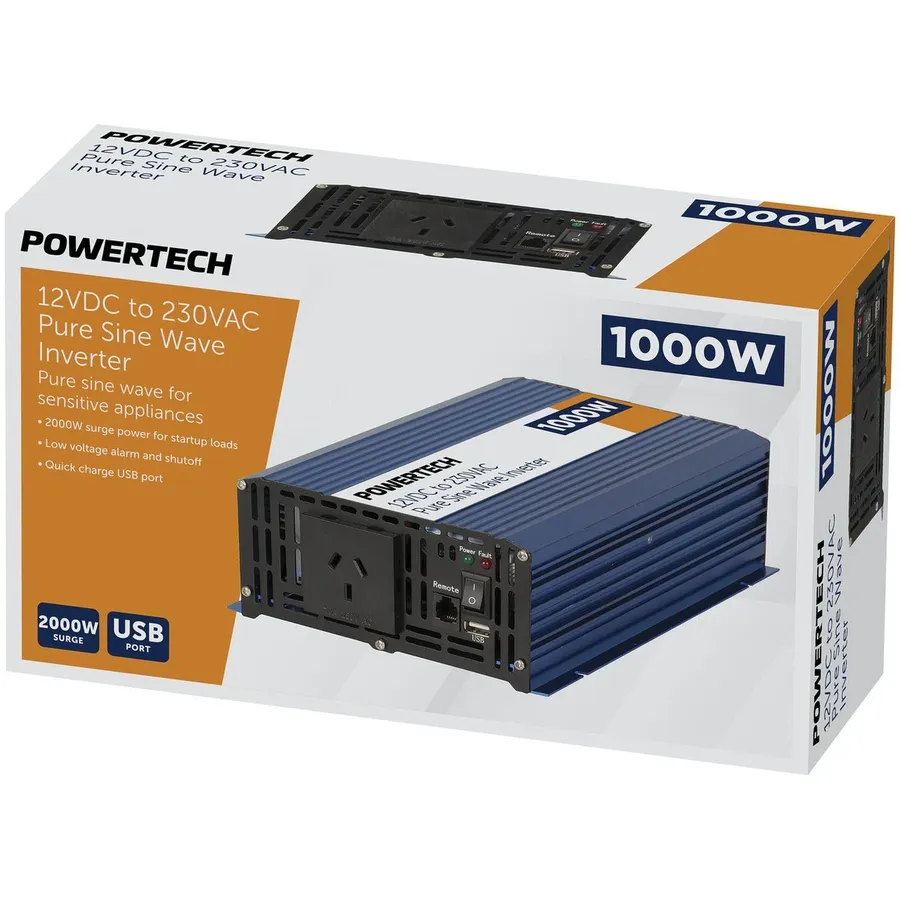
Jaycar offers a diverse range of inverters catering to various power needs, from small portable electronics to larger appliances. This section provides an in-depth exploration of their product line, focusing on available wattages, voltage options, and key features of each model, with a particular emphasis on the popular pure sine wave inverters.
| Model Category | Wattage Range | Voltage Options | Waveform Type | Typical Applications |
|---|---|---|---|---|
| Portable Inverters | 300W - 500W | 12V DC | Modified Sine Wave / Pure Sine Wave | Charging laptops, phones, small electronic devices |
| Mid-Range Inverters | 1000W - 1500W | 12V DC / 24V DC | Modified Sine Wave / Pure Sine Wave | Powering small appliances, TVs, power tools |
| High-Power Inverters | 2000W - 3000W | 12V DC / 24V DC | Modified Sine Wave / Pure Sine Wave | Running larger appliances, refrigerators, air conditioners |
| Pure Sine Wave Inverters | 300W - 3000W | 12V DC / 24V DC | Pure Sine Wave | Sensitive electronics, audio equipment, medical devices |
Key features across the Jaycar inverter range include overload protection, short circuit protection, and low battery voltage alarm. Pure sine wave models are particularly noteworthy for delivering cleaner, more stable AC power, making them suitable for sensitive electronics and devices with AC motors, thus minimizing the risk of damage or operational issues. Models are available in both 12VDC and 24VDC options, depending on the target use case.
Choosing the Right Inverter for Your Needs
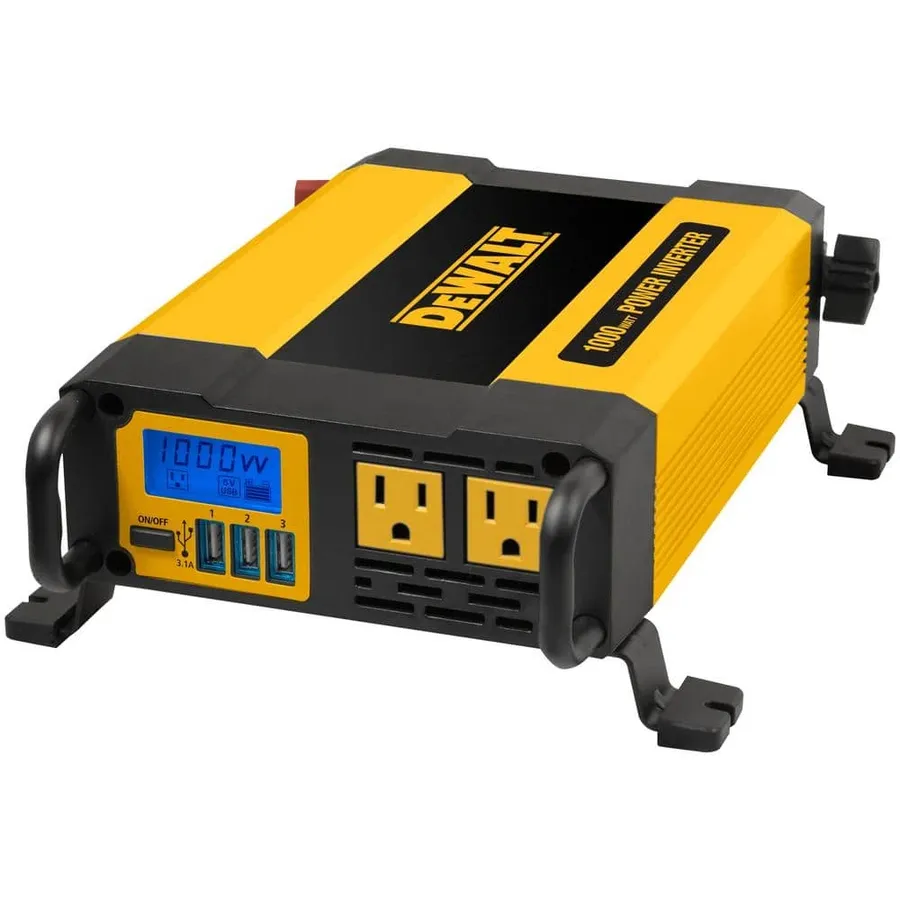
Selecting the correct Jaycar inverter requires a careful evaluation of your power needs to ensure optimal performance and safety. This involves accurately calculating the power consumption of the devices you intend to operate and matching that with an inverter that can handle both the continuous and surge power demands. Overlooking this crucial step can lead to damaged equipment and inefficient energy conversion.
To effectively choose the right Jaycar inverter, consider the following factors:
- Continuous Power (Wattage)
This is the steady-state power requirement of your device, usually measured in watts. Sum the continuous power needs of all devices you intend to run simultaneously. Ensure that the inverter's continuous power rating exceeds the total calculated continuous power requirement. - Surge Power
Many devices, particularly those with motors or compressors, require a high surge of power at startup. The inverter needs to be able to provide this temporary power surge, which may be significantly higher than the continuous power needs of the device. Check the peak surge power requirements and select an inverter with a surge rating exceeding your device's surge demands. - Battery Voltage
Ensure that the inverter's input voltage matches your battery system's voltage (typically 12V or 24V for vehicle setups). Using an inverter with an incorrect voltage will prevent the system from operating correctly and may cause damage. - Inverter Type
Determine the type of inverter you require, either modified sine wave or pure sine wave, based on the sensitivity of your equipment. Pure sine wave inverters are generally recommended for sensitive electronics. (Refer to Section 2)
Understanding these key parameters will enable you to choose the appropriate Jaycar inverter that provides reliable and safe power to your devices without causing damage.
| Factor | Description | Action |
|---|---|---|
| Continuous Power (Watts) | The amount of power your devices use under normal operation. | Sum the watts of all devices you plan to run concurrently. Select an inverter that exceeds this total. |
| Surge Power (Watts) | The power a device requires upon starting, usually higher than its continuous power draw. | Refer to manufacturer specifications to determine surge watts. Ensure the inverter's surge rating is greater than the highest surge demand. |
| Battery Voltage | The voltage of your power source (typically 12V or 24V). | Match the inverter's input voltage to your battery's voltage to ensure compatibility. |
| Inverter Type | Modified sine wave for basic applications or pure sine wave for sensitive electronics. | Choose pure sine wave for sensitive electronics or high-quality audio/video equipment; modified sine wave is suitable for less sensitive devices. |
Installation and Safety Tips for Jaycar Inverters
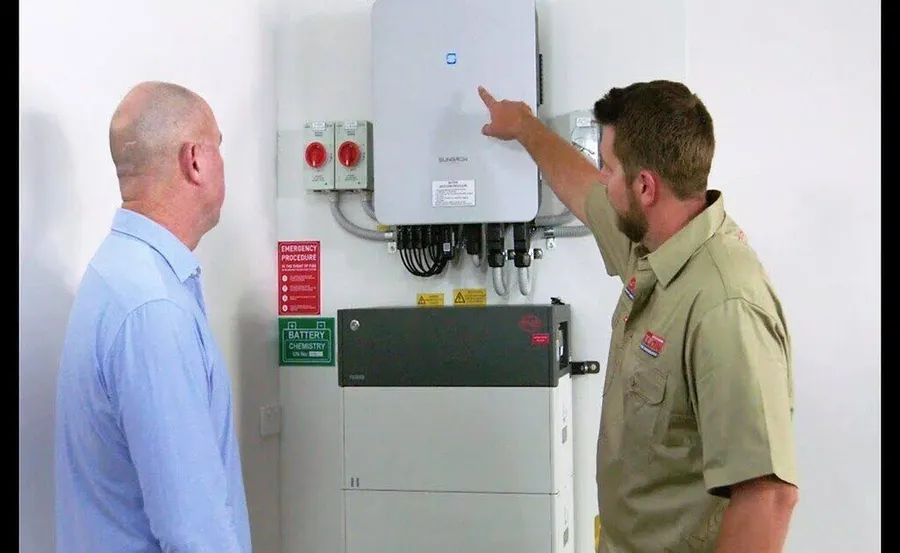
Proper installation and adherence to safety protocols are crucial when using Jaycar inverters to ensure both optimal performance and user safety. This section outlines essential guidelines for the safe and effective setup of your Jaycar inverter, covering wiring, fuse protection, ventilation, and general safety precautions.
- Wiring Techniques
Always use appropriately sized wiring for the inverter's current rating. Incorrect wire gauge can lead to overheating, reduced efficiency, and potential fire hazards. Ensure all connections are secure and properly insulated. When connecting to a 12V battery, for example, use appropriate gauge wiring designed for higher current load. - Fuse Protection
Incorporate correctly rated fuses or circuit breakers on both the DC (battery) input side and the AC output side to protect both the inverter and connected devices from overcurrent and short circuits. Consult the Jaycar inverter manual for specific fuse rating requirements. Always use the type of fuse that is specified for your device. - Ventilation Requirements
Ensure the inverter is installed in a well-ventilated area to allow for proper heat dissipation, avoiding enclosed spaces. Overheating can significantly reduce the inverter's lifespan and lead to failure. Inadequate ventilation can result in the thermal shut down of the unit. - Battery Selection
Use a battery that matches your inverter's voltage (e.g. 12V or 24V). Use a battery with enough amp hour capacity to power the desired load, and keep the power load (wattage) below the continuous maximum power rating of the inverter. Avoid discharging the battery below recommended levels as this will shorten battery life. - Safety Precautions
Always disconnect the inverter from the power source before performing any maintenance or wiring work. Avoid operating the inverter in wet or damp environments, and don't expose it to direct sunlight for extended periods. Ensure all wires are securely connected and properly insulated to prevent electrical hazards.
Powering Specific Appliances and Devices with Your Jaycar Inverter
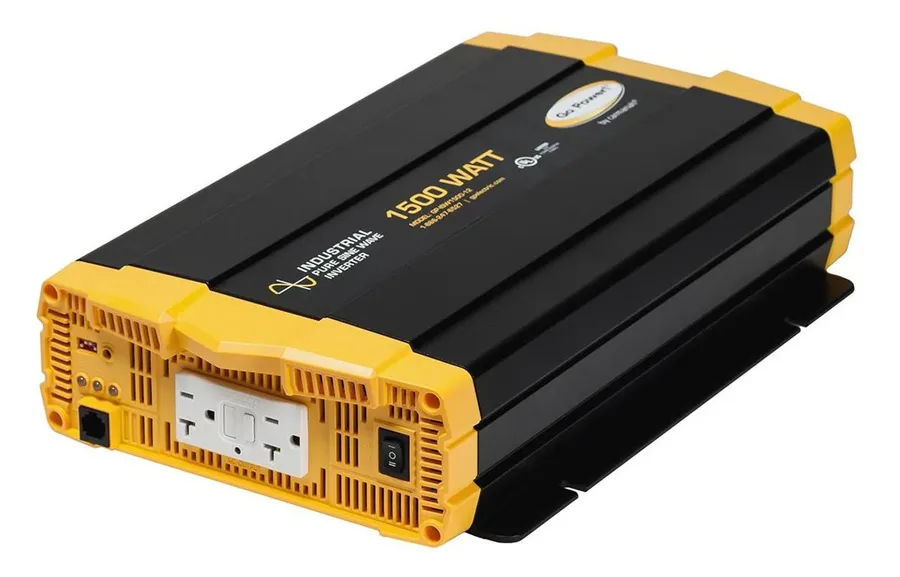
Jaycar inverters are versatile tools for converting DC power from a battery source to AC power, allowing various appliances and devices to function in locations without direct mains power. This section explores practical applications, providing examples of common devices and the considerations needed when using different types of inverters.
Powering appliances with a Jaycar inverter requires a solid understanding of power consumption. Each appliance has a specific wattage, which needs to be lower than the inverter's rated power output. Additionally, appliances that use motors, such as power tools, or have heating elements, often require surge power greater than their running wattage. The inverter must be capable of delivering this surge power to start the appliance.
| Appliance | Typical Wattage | Inverter Type | Considerations |
|---|---|---|---|
| Microwave Oven | 600-1500W | Pure Sine Wave Recommended | Requires high surge power, modified sine wave may not work reliably for all models. |
| Power Tools (Drill, Sander) | 500-1000W | Pure Sine Wave Recommended | High start-up surge requirements, modified sine wave may cause overheating or damage |
| Television | 50-200W | Modified Sine Wave Compatible / Pure Sine Wave | Some LCD/LED TV may be sensitive to modified sine wave, generally pure sine wave is safer for all TVs. |
| Laptop/Charger | 60-120W | Modified Sine Wave Compatible / Pure Sine Wave | Both inverters work well, pure sine wave provides cleaner power for sensitive electronics |
| Mobile Phone Charger | 5-15W | Modified Sine Wave Compatible / Pure Sine Wave | Both work well, negligible performance difference |
| Refrigerator | 200-800W | Pure Sine Wave Recommended | Requires a high surge capacity, a modified sine wave inverter may cause damage. Start-up load is high, consider sizing the inverter to 2x the rated wattage. |
| Lights (LED) | 5-50W | Modified Sine Wave Compatible / Pure Sine Wave | Both inverters suitable for LED lights, with negligable performance difference. |
When powering sensitive electronics, such as laptops, modern televisions, and medical equipment, pure sine wave inverters are highly recommended due to their stable and clean power output. Modified sine wave inverters, while suitable for some devices, can cause overheating or damage to sensitive electronics with their stepped approximation of the sine wave. Always check the device's power requirements and specifications before using an inverter and refer to the Jaycar inverter manual for detailed guidance.
Jaycar Inverter Frequently Asked Questions
This section addresses common questions users have regarding Jaycar inverters, offering practical insights into their usage, specifications, and troubleshooting. Understanding these FAQs can greatly enhance your experience and ensure safe, efficient operation of your inverter.
- What type of battery is best for use with a Jaycar inverter?
Deep-cycle batteries, such as AGM (Absorbent Glass Mat) or Gel batteries, are generally recommended for inverter use due to their ability to handle deep discharge and recharge cycles. Avoid using standard car batteries as they are not designed for this type of usage and may have a shortened lifespan. - How do I interpret the specifications listed on a Jaycar inverter?
Key specifications include wattage, which indicates the maximum power the inverter can deliver, and voltage, which must match your battery system. Also important are continuous power rating and peak or surge power rating. Understand these ratings to ensure the inverter can handle the load of your appliances. For example, a 1000W inverter may have a peak power rating of 2000W but only for a few seconds. - What are common issues with Jaycar inverters, and how can I troubleshoot them?
Common issues include overload, low battery voltage, and loose connections. Begin troubleshooting by checking connections, ensuring adequate battery voltage and load is within the inverter's power range. Refer to the manual for specific error codes and solutions. If the problem persists, seek professional help. - What's the difference between a pure sine wave and a modified sine wave inverter?
Pure sine wave inverters produce an AC waveform that is very similar to what you get from the power grid, making them suitable for all devices, including sensitive electronics. Modified sine wave inverters produce a less refined waveform and may not work correctly with all devices and may cause issues or reduced lifespan with some devices such as laser printers, some medical equipment or some power tools, and may cause audible hum in audio or visual equipment. - Can I use my Jaycar inverter to power a microwave oven?
Yes, you can power a microwave oven with a Jaycar inverter, provided that the inverter's continuous power rating is higher than the microwave's power consumption, especially during startup. Microwaves typically have a surge power demand when starting up, so ensure your inverter's surge rating can handle this. - How do I properly size a Jaycar inverter for my needs?
To properly size your inverter, calculate the total wattage of all devices you intend to run simultaneously and add a buffer of 20-30% to account for peak loads and inefficiencies. Ensure your inverter’s continuous power rating meets this calculated value. It’s better to overestimate your power needs to avoid overload issues. - Is it safe to run an inverter constantly?
Yes, inverters are designed for continuous operation, provided they are correctly sized, installed, and used within their specified limits and well ventilated. However, it's vital to regularly inspect connections, ensure proper ventilation to prevent overheating, and verify that the battery bank can support the continuous power draw for the desired duration. If an inverter is overworked or under-ventilated, it may overheat and cause damage.
Understanding Jaycar Inverter Manuals
Jaycar inverter manuals are crucial resources that provide essential information for the safe and effective use of your device. These manuals are not merely optional reading; they are fundamental for proper installation, operation, and troubleshooting, ensuring both user safety and the longevity of the inverter. They serve as the primary guide to understanding the specific features, limitations, and best practices associated with each Jaycar inverter model.
- Purpose of a Jaycar Inverter Manual
The primary purpose of an inverter manual is to provide comprehensive guidance on safely operating and maintaining your specific Jaycar inverter model. It offers detailed instructions that are crucial to preventing damage to the device, connected appliances, and most importantly, ensuring user safety by avoiding electrical hazards. - Key Contents of a Jaycar Inverter Manual
Typically, a Jaycar inverter manual includes vital information such as installation procedures, detailed wiring diagrams, safety precautions, operational instructions, troubleshooting steps, specifications for the device and its limitations, and warranty information. Understanding these sections is essential for proper and safe usage. - Installation Guide in Jaycar Inverter Manuals
Manuals provide crucial step-by-step installation guidelines, including how to properly connect the inverter to a power source (like a battery), and how to wire the AC output for safe use with electrical appliances. Adhering to these instructions is essential for optimal performance. - Safety Instructions in Jaycar Inverter Manuals
Safety is paramount when using inverters. The manuals detail critical safety precautions, such as preventing overloads, grounding procedures, and understanding the significance of fuse protection to safeguard against electrical risks. These safety measures are essential for long-term safe use. - Troubleshooting Section in Jaycar Inverter Manuals
The troubleshooting section of the manual offers diagnostic steps and solutions for common problems encountered with the inverter. These solutions include addressing error codes, identifying the causes of malfunctions, and offering practical steps to restore the inverter to normal operation. - Interpreting Specifications in Jaycar Inverter Manuals
Jaycar manuals provide specifications, which includes information on the power output of the inverter, voltage ratings, and peak power, as well as any operational limitations that need to be understood before connecting your devices. These data are vital for choosing the suitable inverter and preventing overloading, which could damage the inverter or the connected devices.
Advanced Inverter Applications and Considerations
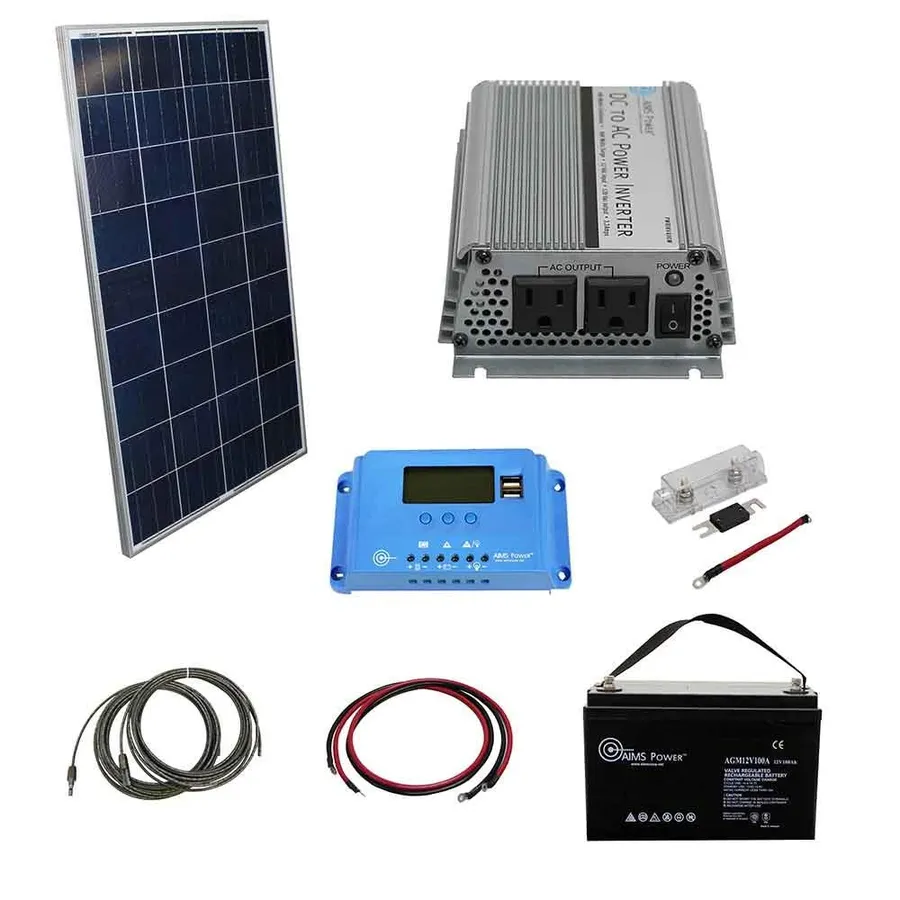
Beyond basic applications, Jaycar inverters can be integrated into more complex systems, enabling off-grid living, portable power solutions, and contributing to sustainable energy practices. This section explores these advanced applications and their associated considerations.
Utilizing inverters in conjunction with solar power and batteries enables energy independence in remote locations or during grid outages. Additionally, portable power stations, incorporating an inverter as a crucial component, provide flexible and on-demand AC power for various applications.
- Off-Grid Living with Solar Integration
Jaycar inverters can be combined with solar panels and battery storage to create a self-sufficient power system for homes or cabins. This setup allows users to generate and store their own electricity, reducing reliance on the electrical grid. Considerations include sizing the solar array and battery bank to meet the expected power needs, as well as selecting an inverter with the appropriate specifications. - Portable Power Solutions
Inverters are essential in creating portable power stations. These units combine a battery, inverter, and often charging capabilities into a single unit, providing convenient AC power wherever it's needed. Considerations here involve battery capacity for desired run time, inverter wattage requirements for the intended load, and robust construction for portability. - Environmental Impact and Sustainable Use
While inverters provide flexibility, it is crucial to consider their environmental impact and usage. Optimizing energy consumption, utilizing renewable energy sources, and proper disposal of electronic components are essential for sustainable use. Understanding the impact of battery production and disposal is also key to make sustainable power choices.
| Application | Key Components | Considerations |
|---|---|---|
| Off-Grid Solar | Solar Panels, Battery Bank, Jaycar Inverter | System Sizing, Battery Capacity, Inverter Type |
| Portable Power | Battery, Jaycar Inverter, Charger | Battery Run Time, Inverter Wattage, Durability |
| Sustainable Use | Renewable Energy, Efficient Appliances | Energy Consumption, Component Disposal |
Jaycar inverters are versatile tools for powering our technology-driven lives, whether it's for outdoor adventures, remote work, or emergency power backup. Choosing the right inverter, be it a modified or pure sine wave model, understanding its power capabilities, and adhering to safety guidelines are crucial for optimal performance and longevity. By carefully evaluating your needs and making informed decisions, you can efficiently harness the power of a Jaycar inverter to seamlessly power your life, anywhere, anytime. From small appliances to complex devices, these inverters bridge the gap and empower you to take control of your power needs.
 AnyPCBA
AnyPCBA